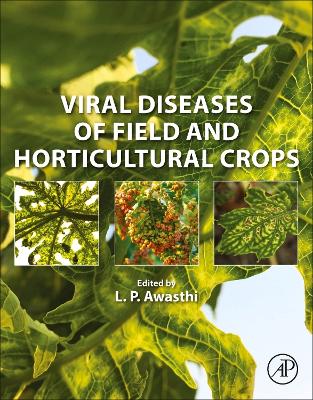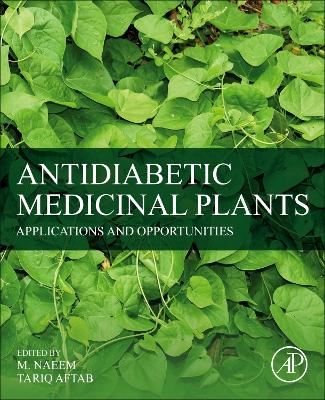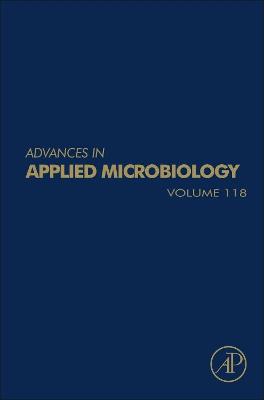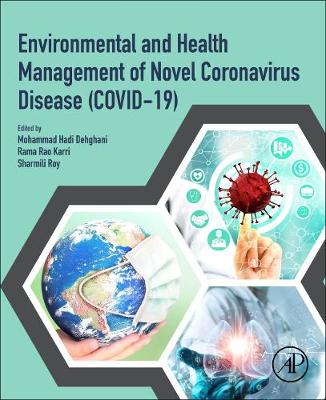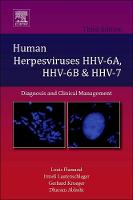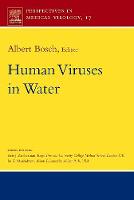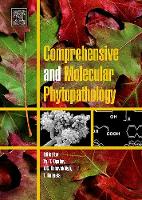Geminivirus: Detection, Diagnosis and Management
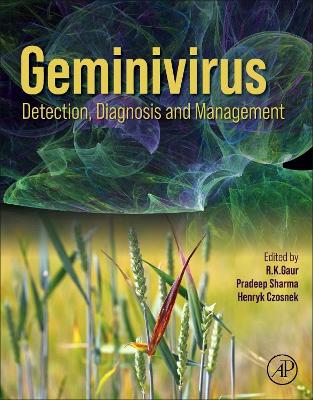 -10%
portes grátis
-10%
portes grátis
Geminivirus: Detection, Diagnosis and Management
Sharma, Pradeep; Gaur, R.K.; Czosnek, Henryk
Elsevier Science & Technology
05/2022
702
Mole
Inglês
9780323905879
15 a 20 dias
450
Section II Emergence and diversity 6. Origin, evolution and bottlenecks of geminiviruses 7. Spotlight on the recently discovered aphid-transmitted geminiviruses 8. Emergence of begomoviruses in cucurbits as a menace for its cultivation 9. Begomoviruses in crops with economic interest for North and Central America 10. Diversity of begomoviruses infecting crops and weeds in the Caribbean and Latin America 11. Diversity of geminiviruses occurring on jatropha (Jatropha curcus), a biodiesel crop 12. Geminiviruses occurrence in the middle east and their impact on agriculture in Iraq 13. Diversity of begomoviruses associated with gourds 14. Characterization of begomoviruses and DNA satellites associated with tomato
Section III Vector and transmission 15. Replication and transovarial transmission of tomato yellow leaf curl virus in its whitefly vector: myth or reality? 16. The other face of pollinating insects and their relationship to geminivirus transmission 17. Behavioral manipulation for managing Bemisia tabaci as a virus vector 18. Enigmatic emergence of seed transmission of geminiviruses
Section IV Virus--host interaction 19. The diverse roles of the multifunctional C4/AC4 protein in geminivirus infection 20. Geminivirus DNA replication in plants 21. Begomovirus--host protein-protein interactions in intracellular virus movement 22. Geminivirus promoters: a breakthrough in transgenic research 23. Molecular evaluation of geminiviruses and their interaction with host plants 24. Molecular insights into pathogenicity determinant proteins of geminiviruses 25. The begomovirus--host interplay in viral replication and movement 26. Role of plant viral satellites association in geminivirus infection 27. Geminivirus infections co-opt posttranslational modification of proteins during viral pathogenesis 28. Exploring the functional interactions between geminivirus and host during viral replication, assembly, and movement 29. Molecular arms race between geminiviruses and host plants during infection cycle- a transcriptomics overview
Section V Disease management 30. Resistance to geminivirus infections: natural and induced by controlled elicitation 31. Invasive tomato yellow leaf curl virus recombinants challenge virus diagnosis and disease management 32. Natural and engineered host resistance for geminivirus management 33. Natural and engineered resistance: implications for managing the cassava mosaic disease 34. Host immunity and viral counter defense 35. Disease rating scale for the resistant screening against be gomoviruses causing yellow mosaic disease in different crops 36. Overview of host factors and geminivirus proteins involved in virus pathogenesis and resistance 37. Application of virus-induced gene silencing in crops: mechanism, assessment of risk factors and ecological advantages 38. Peptide aptamers: selection strategies, mechanisms, and applications in engineered geminivirus resistance 39. Geminiviruses infecting tomato: genetic diversity, distribution, natural and genetically engineered resistance 40. Evaluating management strategies to control geminivirus
Section II Emergence and diversity 6. Origin, evolution and bottlenecks of geminiviruses 7. Spotlight on the recently discovered aphid-transmitted geminiviruses 8. Emergence of begomoviruses in cucurbits as a menace for its cultivation 9. Begomoviruses in crops with economic interest for North and Central America 10. Diversity of begomoviruses infecting crops and weeds in the Caribbean and Latin America 11. Diversity of geminiviruses occurring on jatropha (Jatropha curcus), a biodiesel crop 12. Geminiviruses occurrence in the middle east and their impact on agriculture in Iraq 13. Diversity of begomoviruses associated with gourds 14. Characterization of begomoviruses and DNA satellites associated with tomato
Section III Vector and transmission 15. Replication and transovarial transmission of tomato yellow leaf curl virus in its whitefly vector: myth or reality? 16. The other face of pollinating insects and their relationship to geminivirus transmission 17. Behavioral manipulation for managing Bemisia tabaci as a virus vector 18. Enigmatic emergence of seed transmission of geminiviruses
Section IV Virus--host interaction 19. The diverse roles of the multifunctional C4/AC4 protein in geminivirus infection 20. Geminivirus DNA replication in plants 21. Begomovirus--host protein-protein interactions in intracellular virus movement 22. Geminivirus promoters: a breakthrough in transgenic research 23. Molecular evaluation of geminiviruses and their interaction with host plants 24. Molecular insights into pathogenicity determinant proteins of geminiviruses 25. The begomovirus--host interplay in viral replication and movement 26. Role of plant viral satellites association in geminivirus infection 27. Geminivirus infections co-opt posttranslational modification of proteins during viral pathogenesis 28. Exploring the functional interactions between geminivirus and host during viral replication, assembly, and movement 29. Molecular arms race between geminiviruses and host plants during infection cycle- a transcriptomics overview
Section V Disease management 30. Resistance to geminivirus infections: natural and induced by controlled elicitation 31. Invasive tomato yellow leaf curl virus recombinants challenge virus diagnosis and disease management 32. Natural and engineered host resistance for geminivirus management 33. Natural and engineered resistance: implications for managing the cassava mosaic disease 34. Host immunity and viral counter defense 35. Disease rating scale for the resistant screening against be gomoviruses causing yellow mosaic disease in different crops 36. Overview of host factors and geminivirus proteins involved in virus pathogenesis and resistance 37. Application of virus-induced gene silencing in crops: mechanism, assessment of risk factors and ecological advantages 38. Peptide aptamers: selection strategies, mechanisms, and applications in engineered geminivirus resistance 39. Geminiviruses infecting tomato: genetic diversity, distribution, natural and genetically engineered resistance 40. Evaluating management strategies to control geminivirus

